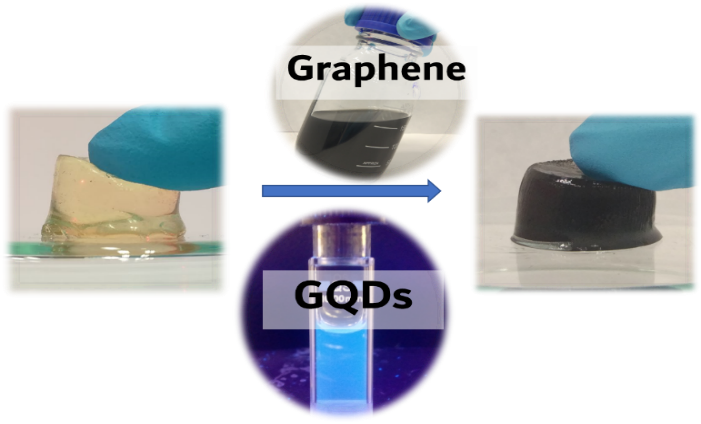Smart materials: Characterization, application and self-healing
Place: Conference room (IMDEA Nanociencia) and online (Zoom)
Zoom link: https://nanoscience-imdea.zoom.us/j/95451653649?pwd=S2pxdXFIMEt3SHRzUHl1akxJR2ZOUT09
Password: Tms2Qq
Abstract
The excellent properties of graphene[1] and graphene derivatives make them suitable for developing versatile materials for many different real applications, from engineering to biological uses, therefore their potential release into the environment has increased. In order to evaluate their possible health and ecological risks, there is a need for analytical methods that can quantify these materials at very low concentrations in environmental media such as water. SERS-based methodologies are developed to quantify very low concentration of graphene in real environments.
Hydrogels are physically or chemically crosslinked three-dimensional (3D) polymeric networks, which can absorb large amounts of water without dissolving or losing their structural integrity. New smart materials are designed by the incorporation of graphene derivatives into hydrogels[2]. A comparison of the features of graphene, graphene oxide and graphene quantum dot-based hydrogels is performed in order to ascertain the structural role of the graphene derivatives into the polymeric network[3]. One of these new derivatives is able to self-heal in an autonomous manner, without requiring any external stimulus.





